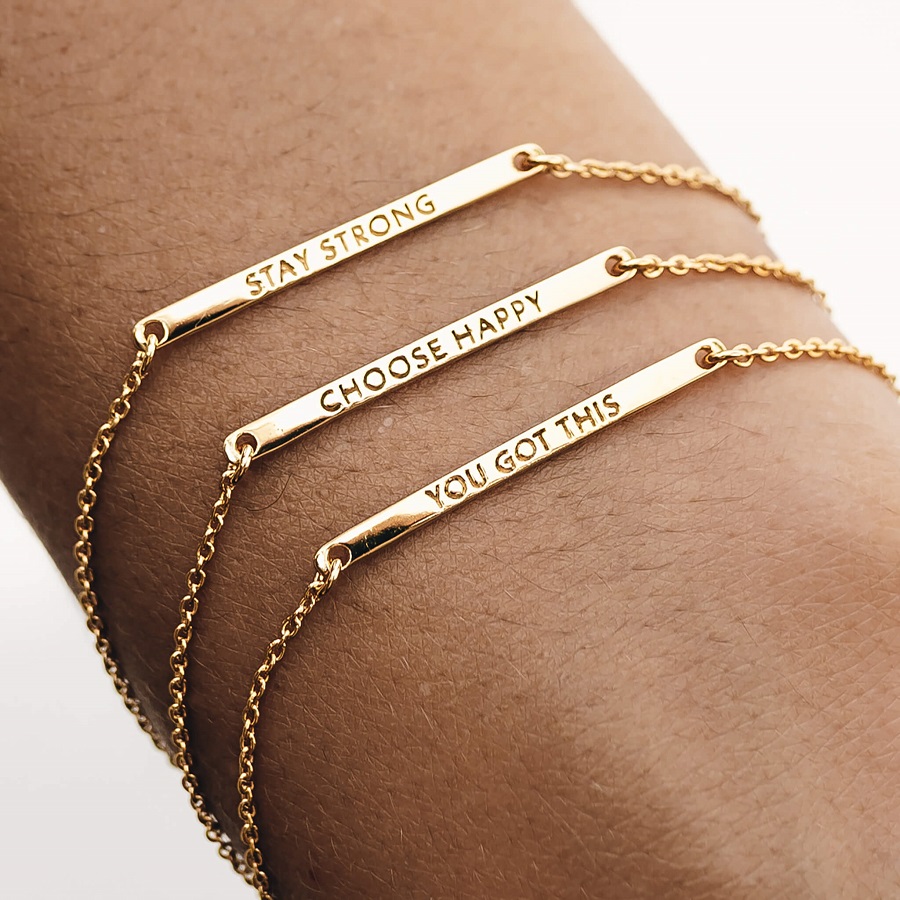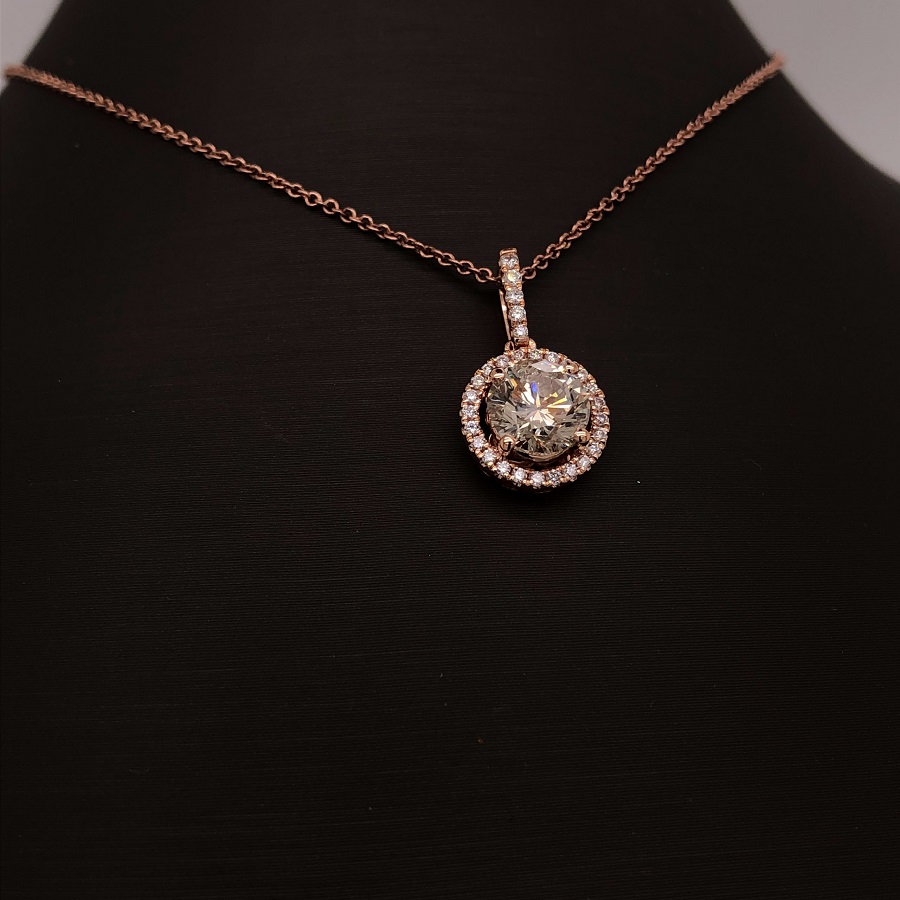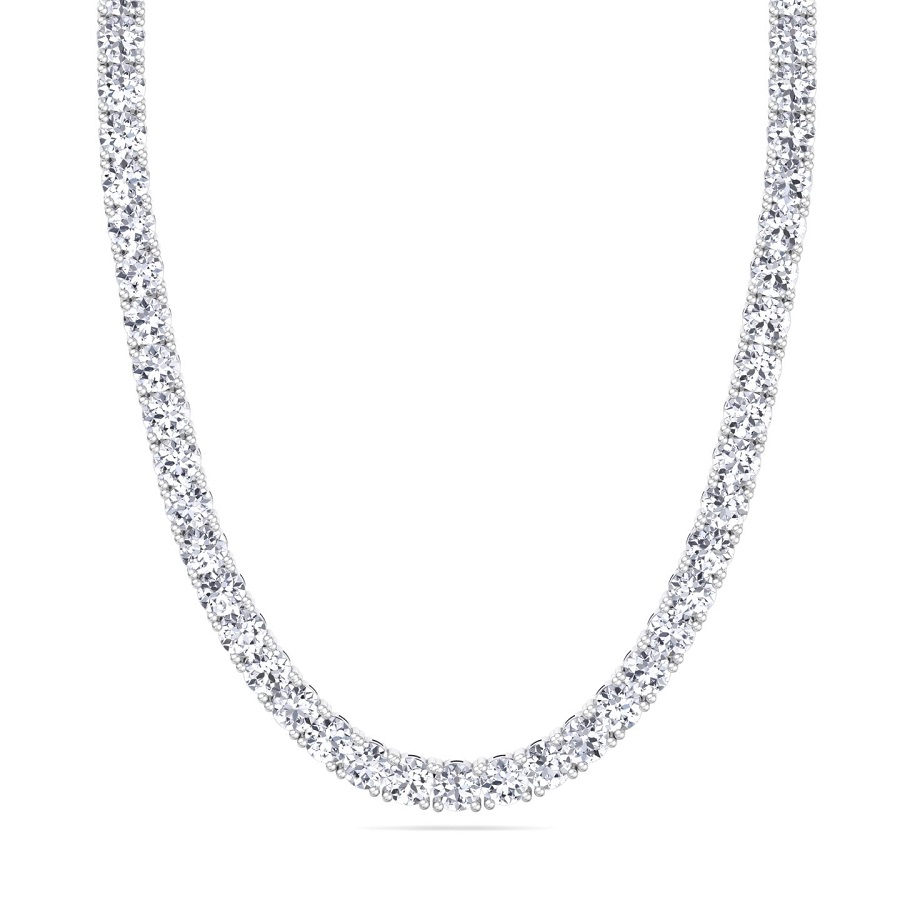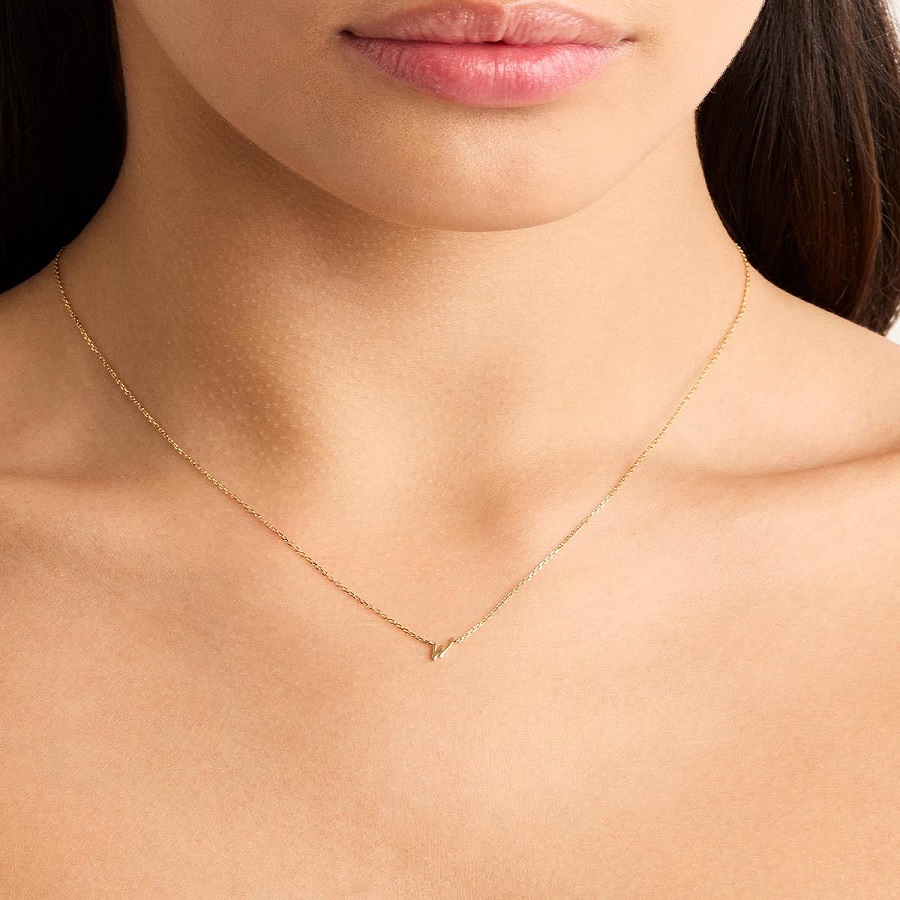Introduction
Bracelet making is an age-old craft that has evolved into a contemporary art form. With a myriad of techniques and materials available, it provides an incredible outlet for creativity and personal expression. Whether you’re a seasoned artisan or a complete beginner, this guide will help you explore various methods and tips to create stunning bracelet designs that will catch the eye and spark conversation.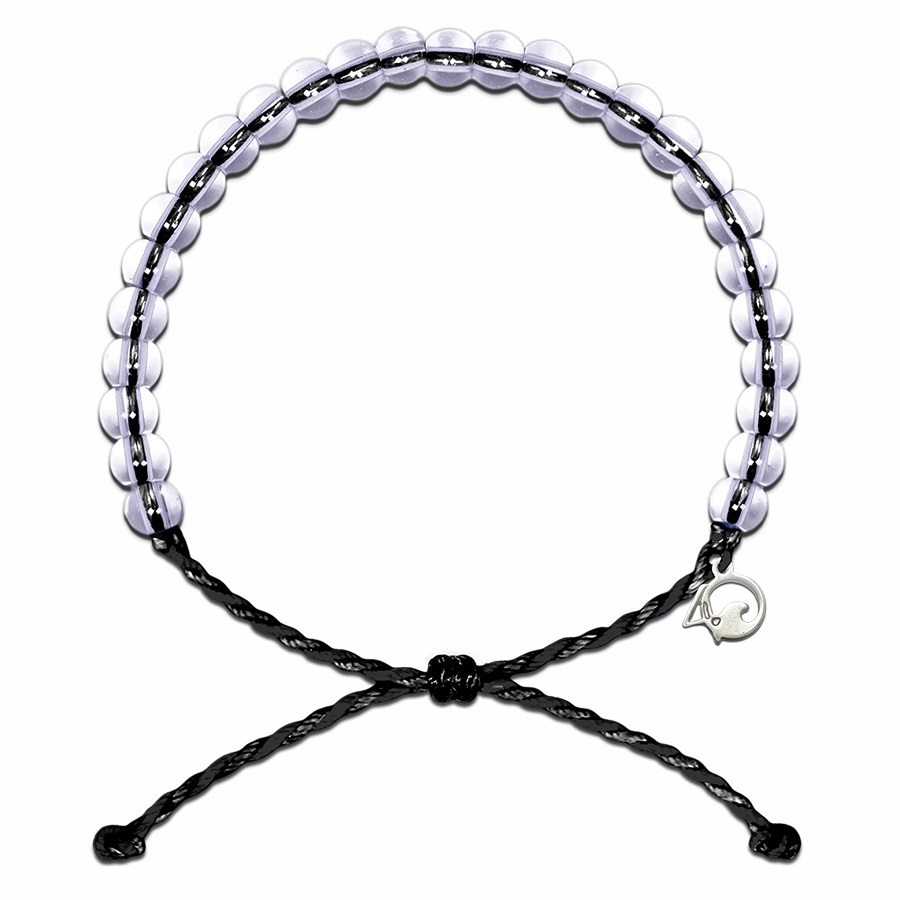
Understanding the Basics of Bracelet Making
Before diving into the world of bracelet making, it’s essential to understand the different types of bracelets and the materials you can use. Here are some popular bracelet styles:
- Beaded Bracelets: These can be made with various bead types, including glass, wood, and metal. Beaded bracelets can be simple strung pieces or complex designs featuring patterns.
- Chain Bracelets: Crafted from interlinked metal rings, chain bracelets can be delicate or chunky. Adding charms or pendants can elevate the design.
- Friendship Bracelets: Traditionally made from embroidery floss, friendship bracelets often involve intricate knotting techniques, like macramé.
- Leather Bracelets: Using leather strips, these bracelets can be adorned with various embellishments, beads, or metal components for a rugged, stylish look.
- Wire-Wrapped Bracelets: These pieces utilize metal wire to create unique designs, often featuring gemstones or beads wrapped into place.
Essential Tools and Materials
Gathering the right tools is crucial for bracelet making. Here’s a list of essential items:
- Beads: Choose a variety of shapes, sizes, and materials for versatility.
- Stringing Material: Options include elastic cords, nylon threads, or wire, depending on the design.
- Jewelry Wire: Use for wire-wrapping techniques and creating sturdy designs.
- Clasps: Choose from various types (lobster clasp, toggle, magnetic) to finish your project neatly.
- Pliers: Round-nose, flat-nose, and wire cutters are essential for manipulating wire and finishing clasps.
- Macramé Board: A handy tool for those who prefer knotting techniques in their designs.
Techniques for Stunning Designs
Creating beautiful bracelets involves mastering various techniques. Here are some methods you can try:
Bead Stringing
Bead stringing is one of the simplest and most popular techniques. It involves threading beads onto a stringing material:
- Tip: Plan your design beforehand. Lay out your beads in the desired order on a flat surface before stringing them.
- Finishing: To secure your beads, use crimp beads with wire or a knot if using elastic. Make sure the bracelet can fit over your hand comfortably.
Knotting
Knotting techniques, particularly used in friendship bracelets, add texture and design complexity:
- Basic Knots: Start by tying a basic square knot between your beads. For a traditional friendship bracelet, learn the chevron pattern or ladybug design.
- Tip: Use a macramé board to hold your strings in place, allowing you to work more easily.
Wire Wrapping
This technique involves wrapping wire around objects, typically beads or stones, for a more intricate design:
- Basic Wire Wrapping: Use a round-nose plier to create loops at the ends of your wire for a secure hold on the beads.
- Tip: Experiment with different gauges of wire to achieve varying thicknesses and designs.
Braiding
Braided bracelets offer a beautiful texture and are easy to create with multiple strands:
- How to Braid: Divide your cords into three equal sections, then braid them together, securing the ends with a clasp.
- Tip: Incorporate beads into your braid for added flair, alternating them as you weave.
Chain Maille
This ancient technique uses interlinked metal rings to create unique chain designs:
- Basic Patterns: Start with simple weaves like the Byzantine or the European 4-in-1. Once you’re comfortable, you can explore more complex patterns.
- Tip: Choose colored rings to create visually stunning pieces that stand out.
Designing Your Bracelet
When it comes to creativity, the design phase is where your personality shines through. Here are some tips to make your bracelet design unique:
- Theme: Establish a theme before you start. This could be based on color, texture, or inspiration from nature, art, or fashion.
- Color Theory: Use a color wheel to choose complementary or contrasting colors that will make your bracelet pop.
- Balance: Consider the proportions of your beads and charms. A well-balanced bracelet creates harmony and visual appeal.
- Personal Touch: Incorporate elements that reflect your style. This might be a meaningful charm, a birthstone, or a specific color palette.
- Layering: Create a collection of bracelets that can be worn together for a trendy layered look. Mix textures, styles, and lengths for a more dynamic outfit.
Finishing Touches
After crafting your bracelet, the finishing touches can elevate it to a professional standard:
- Clean Up: Ensure that all knots are tight, and cut any excess string or wire carefully.
- Polishing: If you used metal components, consider giving them a polish to shine.
- Presentation: Package your bracelet creatively if it’s intended as a gift. A simple pouch or box can enhance the overall presentation.
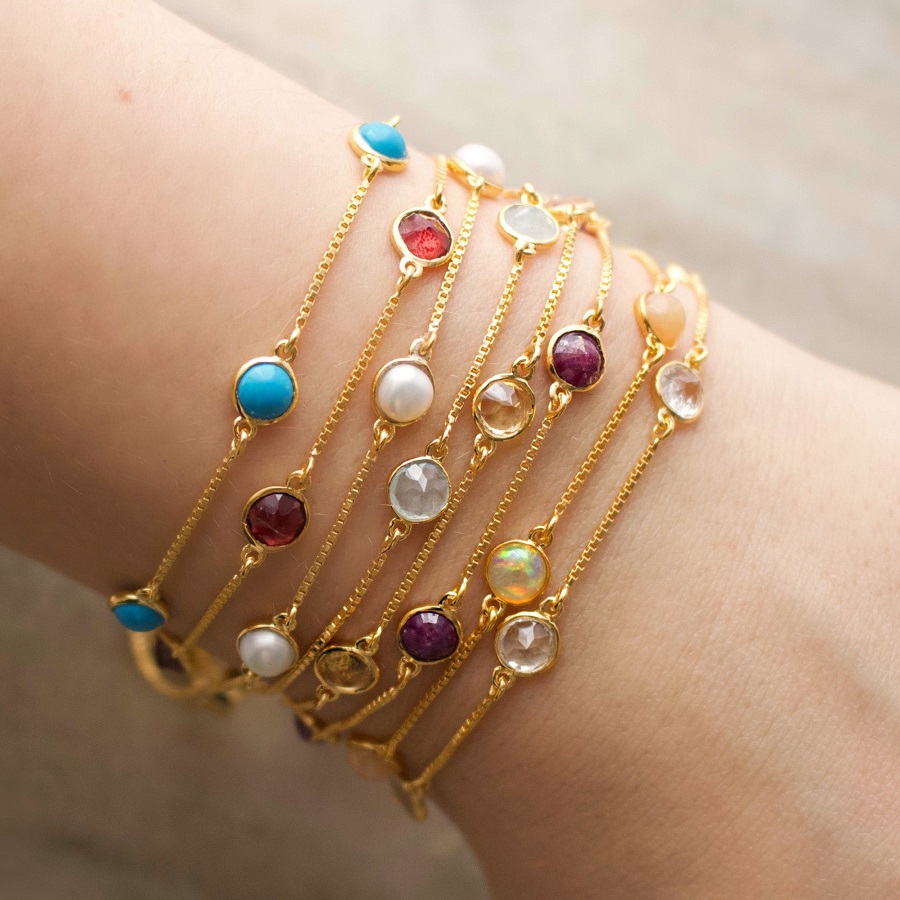
The Allure of Beaded Bracelets
Beaded bracelets are among the most popular styles, celebrated for their vibrant colors, textures, and the infinite possibilities they offer. The process of creating beaded bracelets can be as simple or as intricate as one desires, making them accessible for creators of all skill levels.
A. Materials and Techniques:
- Types of Beads: Beaded bracelets can be created using a variety of materials, from glass and wooden beads to semiprecious stones and seed beads. Each type of bead introduces unique character and symbolism; for example, amethyst is believed to promote calmness, while turquoise is often associated with protection.
- Stringing Techniques: Common techniques include using elastic cord for stretch bracelets, wire loops for sturdier designs, or even needle and thread for intricate bead embroidery. Each method allows for a different level of customization and durability.
B. Personalized Designs:
The beauty of beaded bracelets lies in the ability to personalize them. Many crafters choose to incorporate charms, initials, or specific color combinations that resonate with the wearer. Birthstone bracelets, for instance, not only highlight personal significance but also create a stunning visual representation of one’s personality.
C. Patterns and Inspirations:
From simple strung designs to complex patterns, beaded bracelets can embody various styles—from chic minimalist designs to bold statement pieces. Beading patterns may take inspiration from nature, cultural motifs, or even geometric shapes.
The Art of Macramé Bracelets
Macramé is a rich and ancient knotting technique that has seen a resurgence in modern jewelry-making. Macramé bracelets are made by interweaving cords or strings to create intricate designs that are both beautiful and durable.
A. Materials Used:
- Cord Varieties: Popular choices include cotton, hemp, nylon, or even leather cords. Each cord type brings a unique texture and aesthetic to the piece.
- Inclusions: Some macramé designs incorporate beads, shells, or other small ornaments, elevating the visual appeal and providing an excellent contrast to the knotted cords.
B. Techniques and Styles:
From simple knots to intricate patterns like the square knot, lark’s head, or half-hitch, macramé artists can create a variety of stunning designs. Styles can range from bohemian and rustic to sleek and modern, appealing to diverse tastes.
C. Unique Features:
Macramé bracelets often come with adjustable sliders, allowing for a customizable fit. This adaptability enhances the wearer’s comfort and ensures a perfect fit for all wrist sizes.
Braided Bracelets: A Classic Touch
Braided bracelets have a timeless charm that can quickly elevate a casual outfit or complement traditional attire. The process involves intertwining strands of thread, cord, or leather, creating a textured, layered effect.
A. Braiding Techniques:
- Three-Strand Braid: This classic technique forms the basis for many braided pieces. It’s simple yet effective, providing a sturdy and stylish look.
- Complex Braiding: More intricate braids, such as fishtail or four-strand braids, allow for elaborate designs that add depth and interest to the bracelet.
B. Material Choices:
Leather is a popular choice for braided bracelets, adding a rugged charm that appeals to many styles. However, cotton, twine, and synthetic cords can also be used, providing opportunities for various aesthetics and price points.
C. Adding Personal Touches:
Utilizing colorful threads or combining different materials in braiding can produce eye-catching designs. Additionally, incorporating small charms or beads into the braids allows for further customization, transforming a simple braid into a meaningful piece of jewelry.
Cuffs and Bangles: Sculptural Elegance
While not bracelets in the traditional sense, cuff and bangle-style jewelry represent a fascinating category within handmade bracelets. These pieces often have a more substantial structure, showcasing artistic flair and individuality.
A. Materials and Techniques:
Cuffs can be made from metals, leather, or thick cords, often decorated with resin, clay, or stone elements. Bangles are typically solid and can be made from various materials, including wood, metal, or plastic.
B. Design Innovations:
Handmade cuffs and bangles can feature engravings, etching, or painting, adding layers of uniqueness. Furthermore, artists often experiment with mixed media, combining elements like beadwork with metal or fabric to create multifaceted designs.
Cultural Influences in Handmade Bracelets
The world of handmade bracelets is steeped not only in personal expression but also in cultural significance. Many indigenous cultures and communities around the globe have their unique styles, deeply rooted in tradition.
A. Cultural Symbolism:
Various designs often carry symbolic meaning – such as friendship bracelets made by tying knots as a sign of unity, or evil eye bracelets intended to ward off negative energy.
B. Craftsmanship and Tradition:
Artists from different cultures often employ techniques handed down through generations, creating pieces that aren’t merely decorative but also reflect their history and beliefs. Incorporating traditional motifs can serve as a homage to one’s heritage.
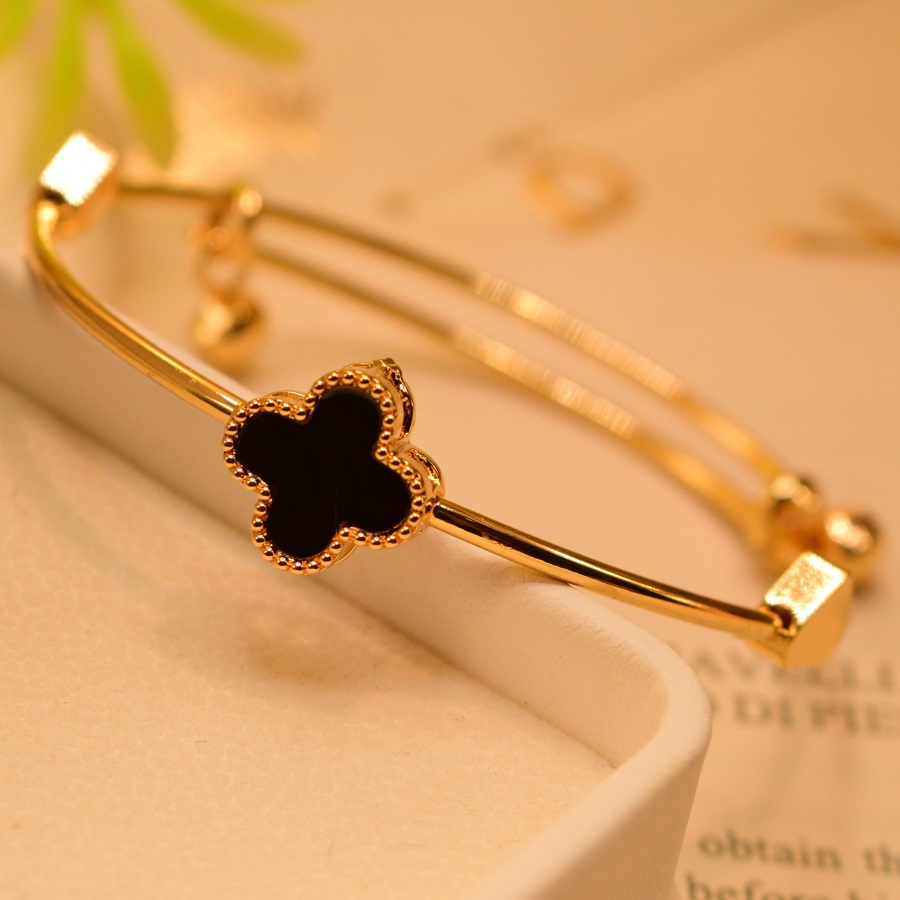
Conclusion
Bracelet making is a delightful and fulfilling hobby, offering endless possibilities for creativity and expression. By mastering various techniques, choosing the right materials, and applying thoughtful design principles, you can create stunning bracelets that reflect your personal style. The journey from concept to creation is what makes bracelet making an exciting and rewarding craft. Whether you share your creations with friends or keep them as personal treasures, the joy of crafting is truly in the process. So gather your tools, let your imagination run wild, and start making bracelets that leave a lasting impression!
